What Happens When Lord Vishnu Sleeps? The 4-Month Mystery of Chaturmas 2025
Noopur Kumari | Jun 19, 2025, 09:00 IST
Vishnu Sleep for Four Months
( Image credit : Pexels )
Discover the cosmic tale of Lord Vishnu’s annual yogic slumber Chaturmas, why it begins on Devshayani Ekadashi (6 July 2025) and ends on Prabodhini Ekadashi (1 Nov 2025). This article unravels the thrilling myth of Vamana and King Bali, explores how devotion, sacrifice, and a sister’s love shaped this divine tradition, and reveals how you can tap into this sacred season for spiritual growth.
Every year, as the monsoon clouds roll in, something divine unfolds in the spiritual world—Lord Vishnu goes to sleep. But this isn’t just a myth or a bedtime tale from ancient texts. Vishnu’s four-month rest, known as Chaturmas, is a deeply symbolic period of pause, reflection, and inner cleansing. In 2025, Chaturmas begins on 6th July, marking the time when Vishnu enters yogic sleep, and Lord Shiva temporarily takes charge of the universe. But why does the protector of the universe sleep? The answer lies in a beautiful tale of devotion, sacrifice, and divine promise involving King Bali and Goddess Lakshmi. Chaturmas isn't just about Vishnu's rest—it's about our own. It's a sacred window to slow down, reconnect with our values, and shift our focus inward. As the outer world softens with rain, the soul finds its season to grow. Chaturmas invites us to rest, reflect, and rise.
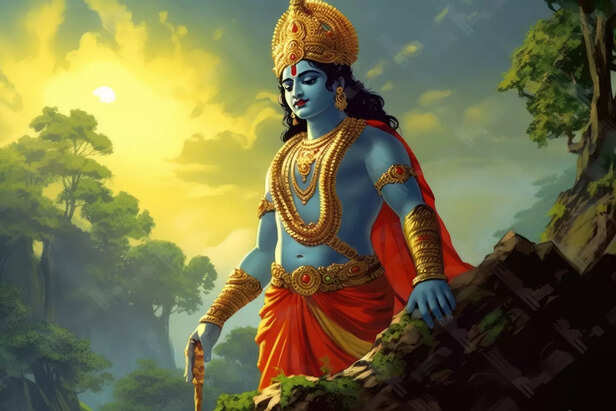
On 6 July 2025, Devshayani Ekadashi marks the beginning of a sacred pause—when Lord Vishnu reclines on the cosmic serpent Shesha in the ocean of milk (Kshira Sagar) and enters a deep yogic sleep known as Yoga-Nidra. This moment signals the start of Chaturmas, a four-month spiritual period when Vishnu withdraws from worldly duties. During this time, devotees believe the universe is temporarily overseen by Lord Shiva, while Vishnu rests until Kartik Shukla Ekadashi. It’s a time of devotion, introspection, and letting go of material distractions to align with higher consciousness and divine stillness.

To restore balance and humility in the universe, Lord Vishnu took the form of Vamana, a humble dwarf Brahmin, and approached King Bali, the powerful and generous ruler who had conquered all three worlds. Vamana asked for just three steps of land, and Bali agreed. With two gigantic strides, Vishnu covered the Earth and the heavens. With no space left, Bali offered his head for the final step. Touched by his devotion and surrender, Vishnu sent him to Patal Lok and, honoring a boon, promised to stay with him for four months every year—giving rise to Chaturmas.
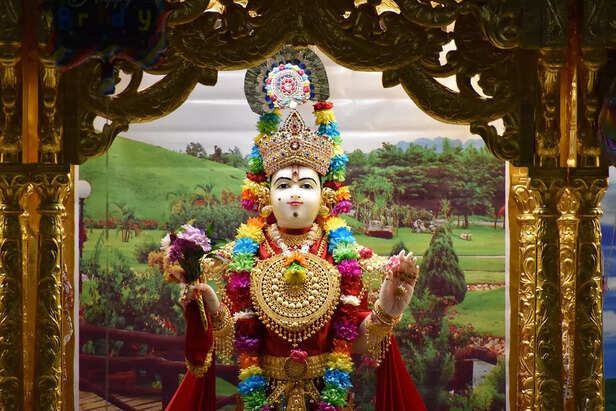
When Lord Vishnu chose to stay in Patal Lok with King Bali, the devas grew anxious, and Goddess Lakshmi was heartbroken. To bring Vishnu back, Lakshmi devised a loving plan. She disguised herself as a poor woman and visited Bali, tying a rakhi on his wrist, symbolizing a bond of sisterhood. Deeply moved, Bali promised to grant her any wish. Lakshmi then revealed her true identity and asked for Vishnu’s return. Honoring the bond, Bali agreed—but with one heartfelt condition: Vishnu must visit him every year for four months. And so, the sacred tradition of Chaturmas was born.
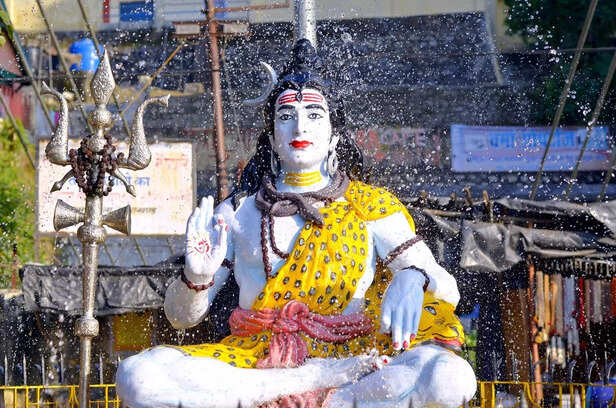
During the four sacred months of Chaturmas, as Lord Vishnu enters yogic sleep, the responsibility of maintaining cosmic order is gracefully taken over by Lord Shiva. This divine role-reversal is not just a mythological event but a powerful symbol of balance in the universe. While Vishnu, the preserver, rests in stillness and surrender, Shiva steps in as the active guardian, ensuring that life continues in harmony. It reflects the deep spiritual truth that even the divine rests, and in that rest, another divine force rises to support the world. Chaturmas beautifully celebrates this interplay of rest and responsibility.
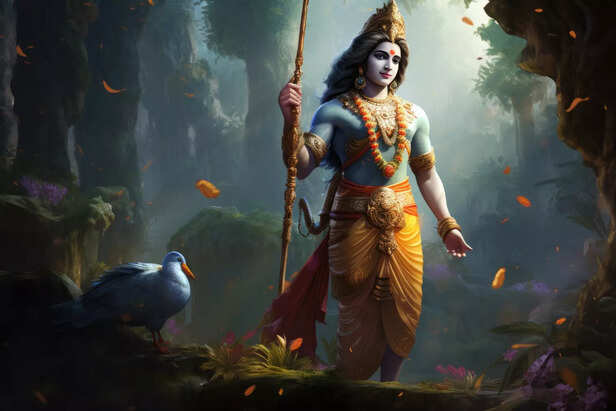
On 1 November 2025, Devutthani Ekadashi, also known as Prabodhini Ekadashi, marks the end of Lord Vishnu’s four-month yogic slumber. With his awakening, the divine pause of Chaturmas concludes, and the world returns to a phase of renewed energy and sacred beginnings. This day is celebrated with devotion and joy, as it signifies Vishnu’s return to worldly duties. It also marks the resumption of all auspicious activities, including Hindu weddings, religious rituals, and housewarmings, which are avoided during Chaturmas. Devutthani Ekadashi is not just a festival—it’s a symbolic awakening of dharma, prosperity, and cosmic harmony.
 During Chaturmas (from July to November), devotees observe a period of deep spiritual discipline and inner cleansing. Auspicious ceremonies like weddings, housewarmings, Mundan rites, and land-related rituals are avoided, honoring the sanctity of Lord Vishnu’s rest. Instead, this sacred time is dedicated to fasting on Ekadashis, practicing celibacy, and increasing devotional activities such as mantra chanting, meditation, and selfless service (seva). Followers embrace sanyam—restraint in thoughts, words, and actions—to purify the mind and soul. Chaturmas becomes a transformative journey where material distractions are set aside, making space for spiritual awakening, simplicity, and divine connection.
During Chaturmas (from July to November), devotees observe a period of deep spiritual discipline and inner cleansing. Auspicious ceremonies like weddings, housewarmings, Mundan rites, and land-related rituals are avoided, honoring the sanctity of Lord Vishnu’s rest. Instead, this sacred time is dedicated to fasting on Ekadashis, practicing celibacy, and increasing devotional activities such as mantra chanting, meditation, and selfless service (seva). Followers embrace sanyam—restraint in thoughts, words, and actions—to purify the mind and soul. Chaturmas becomes a transformative journey where material distractions are set aside, making space for spiritual awakening, simplicity, and divine connection.
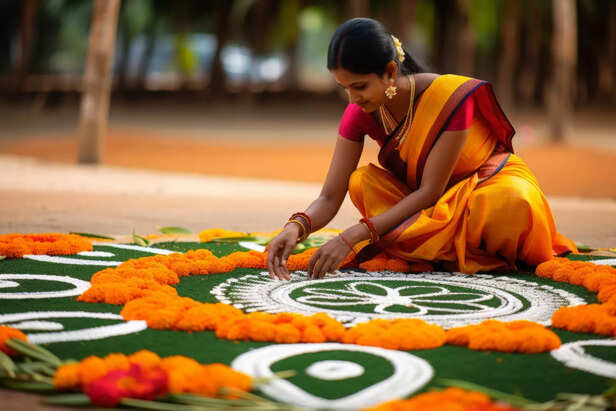
Chaturmas is more than just a tradition—it’s a sacred alignment with the rhythm of nature itself. Occurring during the monsoon, when the earth slows down and renews, Chaturmas invites us to do the same. As rains cleanse the land, we are encouraged to wash away distractions, pause our restless pace, and turn inward. It’s a season for inner stillness, a time to reflect, reset, and reconnect with our deeper selves. By embracing spiritual discipline, simplicity, and silence, Chaturmas helps us align with the cycle of renewal—not just in nature, but within our own hearts and lives.
Chaturmas isn’t merely the tale of Vishnu’s celestial slumber—it’s a rich spiritual tapestry woven with devotion, sacrifice, and divine balance. From King Bali’s humility, Goddess Lakshmi’s wisdom, to Lord Shiva’s cosmic guardianship, every thread carries a message of introspection and surrender. For devotees, it’s a powerful time of inner renewal—marked by discipline, devotion, and stillness. In 2025, as the rains fall from July to November, Chaturmas offers a divine reminder: slow down, reconnect with your higher self, and move in harmony with the universe’s sacred rhythm. It’s not rest—it’s transformation in silence
Explore the latest trends and tips in Health & Fitness, Travel, Life Hacks, Fashion & Beauty, and Relationships at Times Life!
1. Shayani Ekadashi: The Divine Snooze

Shayani Ekadashi
( Image credit : Freepik )
On 6 July 2025, Devshayani Ekadashi marks the beginning of a sacred pause—when Lord Vishnu reclines on the cosmic serpent Shesha in the ocean of milk (Kshira Sagar) and enters a deep yogic sleep known as Yoga-Nidra. This moment signals the start of Chaturmas, a four-month spiritual period when Vishnu withdraws from worldly duties. During this time, devotees believe the universe is temporarily overseen by Lord Shiva, while Vishnu rests until Kartik Shukla Ekadashi. It’s a time of devotion, introspection, and letting go of material distractions to align with higher consciousness and divine stillness.
2. The Vamana Bali Saga: Cosmic Debt

Vamana Bali Saga
( Image credit : Freepik )
To restore balance and humility in the universe, Lord Vishnu took the form of Vamana, a humble dwarf Brahmin, and approached King Bali, the powerful and generous ruler who had conquered all three worlds. Vamana asked for just three steps of land, and Bali agreed. With two gigantic strides, Vishnu covered the Earth and the heavens. With no space left, Bali offered his head for the final step. Touched by his devotion and surrender, Vishnu sent him to Patal Lok and, honoring a boon, promised to stay with him for four months every year—giving rise to Chaturmas.
3. Lakshmi’s Rakhī Miracle

Lakshmi’s Rakhī Miracle
( Image credit : Pixabay )
When Lord Vishnu chose to stay in Patal Lok with King Bali, the devas grew anxious, and Goddess Lakshmi was heartbroken. To bring Vishnu back, Lakshmi devised a loving plan. She disguised herself as a poor woman and visited Bali, tying a rakhi on his wrist, symbolizing a bond of sisterhood. Deeply moved, Bali promised to grant her any wish. Lakshmi then revealed her true identity and asked for Vishnu’s return. Honoring the bond, Bali agreed—but with one heartfelt condition: Vishnu must visit him every year for four months. And so, the sacred tradition of Chaturmas was born.
4. Shiva Takes the Helm

shiva
( Image credit : Pixabay )
During the four sacred months of Chaturmas, as Lord Vishnu enters yogic sleep, the responsibility of maintaining cosmic order is gracefully taken over by Lord Shiva. This divine role-reversal is not just a mythological event but a powerful symbol of balance in the universe. While Vishnu, the preserver, rests in stillness and surrender, Shiva steps in as the active guardian, ensuring that life continues in harmony. It reflects the deep spiritual truth that even the divine rests, and in that rest, another divine force rises to support the world. Chaturmas beautifully celebrates this interplay of rest and responsibility.
5. Prabodhini Ekadashi & Eternal Awakenin

Vishnu awakens
( Image credit : Freepik )
On 1 November 2025, Devutthani Ekadashi, also known as Prabodhini Ekadashi, marks the end of Lord Vishnu’s four-month yogic slumber. With his awakening, the divine pause of Chaturmas concludes, and the world returns to a phase of renewed energy and sacred beginnings. This day is celebrated with devotion and joy, as it signifies Vishnu’s return to worldly duties. It also marks the resumption of all auspicious activities, including Hindu weddings, religious rituals, and housewarmings, which are avoided during Chaturmas. Devutthani Ekadashi is not just a festival—it’s a symbolic awakening of dharma, prosperity, and cosmic harmony.
6. Spiritual Rules & Rituals

pooja
( Image credit : Pixabay )
7. Why Chaturmas Matters Today

Chaturmas
( Image credit : Freepik )
Chaturmas is more than just a tradition—it’s a sacred alignment with the rhythm of nature itself. Occurring during the monsoon, when the earth slows down and renews, Chaturmas invites us to do the same. As rains cleanse the land, we are encouraged to wash away distractions, pause our restless pace, and turn inward. It’s a season for inner stillness, a time to reflect, reset, and reconnect with our deeper selves. By embracing spiritual discipline, simplicity, and silence, Chaturmas helps us align with the cycle of renewal—not just in nature, but within our own hearts and lives.
Chaturmas: A Sacred Pause for the Soul
Explore the latest trends and tips in Health & Fitness, Travel, Life Hacks, Fashion & Beauty, and Relationships at Times Life!
